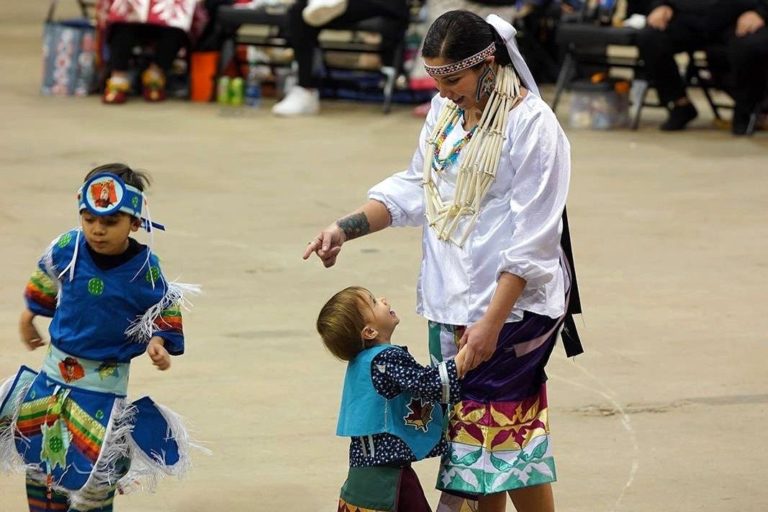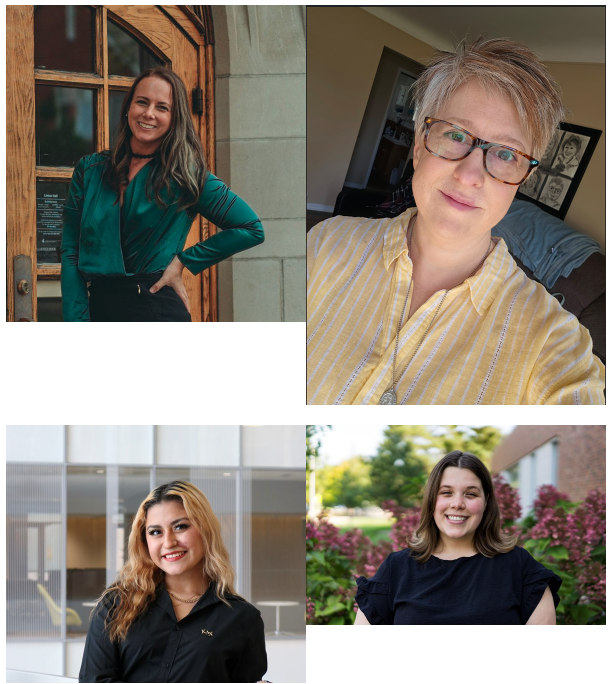Religion and sound are tied together in evocative ways. Church bells. Public proselytizing. Calls to prayer. Tantric chanting. What does religion sound like, and how can we learn new truths about the diversity of religion in the United States when we listen?
Amy DeRogatis, Professor of Religion and American Culture and Chair of the Department of Religious Studies at Michigan State University, and Isaac Weiner, Associate Professor in the Department of Comparative Studies at Ohio State University, have been probing these questions as co-founders and co-directors of the American Religious Sounds Project (ARSP). Through hundreds of field recordings nationwide that capture the sounds of religion at places such as homes, churches, temples, public protests, and community events, the ARSP constructs a tangible sonic record that maps and contextualizes religion in profound and innovative ways.

Now, after eight years of research and hundreds of audio recordings, the ARSP is culminating in a reflective exhibition at the Urban Arts Space in Columbus, Ohio, featuring a series of thematic audio essays and inviting visitors to experience religion as an audibly complex social, spatial, political, and embodied phenomenon. The interactive, immersive exhibit, titled Religious Soundscapes, opened May 24 and runs through July 16.
“Religion sounds different depending on the space where it’s practiced,” Weiner said. “Institutional spaces, like churches, synagogues, and mosques, might feature formal worship and formal liturgy. Homes and domestic spaces are much more intimate and family based. So, we organized the exhibit not by discrete, bounded religious traditions, but by commonalities across traditions based on the different spaces in which religion is practiced. It’s a wonderful insight into thinking about what religion sounds like.”
“When you pay attention to sound, it allows one to think about religious practices in ways that get beyond texts and institutions because sound travels.”
Amy DeRogatis, Professor and Chair of the Department of Religious Studies at Michigan State University
Co-curators Alison Furlong, ARSP Project Coordinator, and Lauren Pond, ARSP Content Producer, as well as Vicki Brennan of the University of Vermont and Ely Lyonblum of the University of Toronto, listened to several hours of field recordings and identified the importance of place as a central theme around which to curate the exhibit.
The project includes more than 100 recordings from central Ohio — from worship music inside a Methodist church and a singing bowl circle at Whetstone Park to ritualistic Buddhist chanting at a home in Worthington and a ceremonial Druid invocation at ComFest in Goodale Park. Religious Soundscapes captures the spatial, cultural, and linguistic diversity of religion elucidated by the ARSP and presents it to a broad audience. The exhibit also invites the communities recorded, students who produced recordings, and colleagues and scholars who collaborated on the project.

“When you pay attention to sound, it allows one to think about religious practices in ways that get beyond texts and institutions because sound travels,” DeRogatis said. “Tuning into this different sensation allows us to explore questions as big and simple as ‘What is religion and religious practice?’ It’s a question that really engages the public because people like to think about the sounds of their own traditions, and they like to talk about how hearing sounds that are not from their religious traditions affects them.”
The ARSP team also is partnering with the Smithsonian Institution to create a traveling exhibit that uses interactive posters to give users a visual and auditory experience of religious life. Each poster includes a QR code, and when scanned with a smartphone or tablet, viewers can listen to field recordings associated with each poster. Community centers, libraries, and schools will be able to request printed copies of the posters from the Smithsonian for free. According to Weiner, it is the first time the Smithsonian has created a traveling poster exhibit that features a sound component.
“The actual products we’ve created, as well as the networks of collaboration among faculty, students, and community we fostered, this is a moment to celebrate that work.”
Isaac Weiner, Associate Professor in the Department of Comparative Studies at Ohio State University
“What’s touching about the Religious Soundscapes exhibit is that we’re going to have alumni from Michigan State and Ohio State there, and our development teams were really excited about that,” DeRogatis said. “The work Isaac and I have done has built bridges and has been an example for these two institutions about how sharing resources and collaboration can be done to the benefit of everyone.”
For Weiner and DeRogatis, the Religious Soundscapes exhibition marks the end of a long, fruitful journey that has redefined their approaches to scholarship. Through a multitude of iterations, the ARSP started as a classroom exercise that evolved into a largescale collaborative initiative that inspired spinoff research projects, engaged community partners, and informed new pedagogical methodologies for religious studies.

“I look back and just express tremendous pride in all we’ve accomplished,” Weiner said. “The actual products we’ve created, as well as the networks of collaboration among faculty, students, and community we fostered, this is a moment to celebrate that work.”
The American Religious Sounds Project is supported by funding to Ohio State’s Center for the Study of Religion from the Henry Luce Foundation. Other support has been provided by the Humanities Without Walls Consortium, based at the Illinois Program for Research in the Humanities at the University of Illinois at Urbana-Champaign and funded by the Andrew W. Mellon Foundation. Material support also is provided by Michigan State University and Ohio State University.


